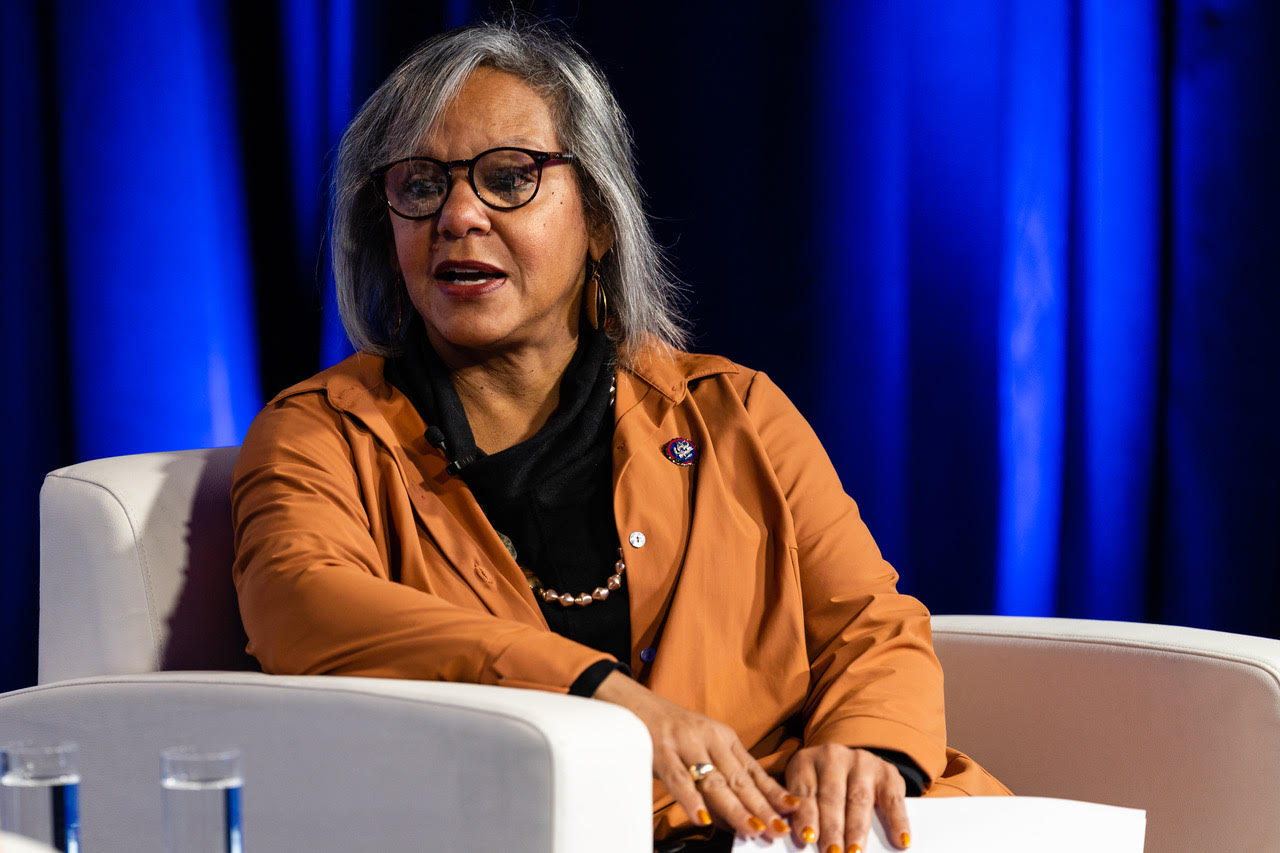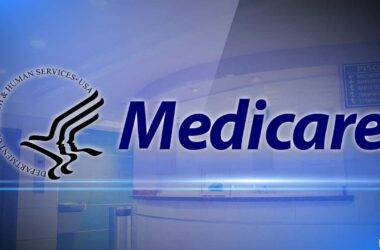Holder Cautions Congress to Preserve Immediate Suspension Orders (ISOs) That Help DEA Shut Down Rogue Drug Distributors
Washington, DC—(ENEWSPF)—July 31, 2014. In a new memorandum to be released Friday, Attorney General Eric Holder urged federal law enforcement agencies to identify, train and equip personnel who may interact with a victim of a heroin overdose with the drug naloxone. This latest step by the Attorney General will pave the way for certain federal agents — such as emergency medical personnel — to begin carrying the potentially life-saving drug known for effectively restoring breathing to a victim in the midst of a heroin or opioid overdose.
According to the most recent study, 110 Americans on average die from drug overdoses every day, outnumbering even deaths from gunshot wounds or motor vehicle crashes. More than half of these drug overdose deaths involve opioids such as heroin and prescription pain relievers. Between 2006 and 2010, heroin overdose deaths dramatically increased by 45 percent.
“The shocking increase in overdose deaths illustrates that addiction to heroin and other opioids, including some prescription painkillers, represents nothing less than a public health crisis,” said Attorney General Holder. “I am confident that expanding the availability of naloxone has the potential to save the lives, families and futures of countless people across the nation.”
The Justice Department wants federal law enforcement agencies, as well as their state and local partners, to review their policies and procedures to determine whether personnel in those agencies should be equipped and trained to recognize and respond to opioid overdose by various methods, including the use of naloxone. Seventeen states and the District of Columbia have amended their laws to increase access to naloxone, resulting in over 10,000 overdose reversals since 2001.
“The heroin and prescription painkiller epidemic knows no boundaries–anyone can be affected, and we have already lost far too many lives,” said Acting Director of the Office of National Drug Control Policy Michael Botticelli. “We have moved aggressively against this epidemic and we know that the actions of law enforcement officers at the scene of an overdose can mean the difference between life and death. Attorney General Holder’s leadership in this arena will help prevent future overdose deaths and we look forward to working closely with his office and other partners to get naloxone to law enforcement professionals across the nation. ”
As the department continues to address escalating and rapidly-evolving challenges that lead to opioid abuse and drug trafficking, the Attorney General cautioned members of Congress to protect critical enforcement tools like Immediate Suspension Orders (ISOs). A recently passed House bill would “severely undermine” a critical component of our efforts to prevent communities and families from falling prey to dangerous drugs.
The Attorney General announced the new memorandum at a day-long conference on law enforcement and naloxone convened by the Justice Department’s Bureau of Justice Assistance in partnership with the Drug Enforcement Administration, the Office of Community Oriented Policing Services and the Office of National Drug Control Policy. Today’s announcement follows up on the Attorney General’s call to action in March, when he urged local law enforcement authorities, who are often the first to respond to possible overdoses, to routinely carry naloxone.
The Attorney General’s full remarks to the law enforcement conference, as prepared for delivery appear below:
“Thank you, Mary Lou Leary, for those kind words – and thank you all for being here today. I’d particularly like to thank Director Denise O’Donnell, Deputy Director Kristen Mahoney, and their colleagues from the Bureau of Justice Assistance – as well as Acting Director of the Office of National Drug Control Policy Michael Botticelli, Administrator Michele Leonhart, Deputy Assistant Administrator Joe Rannazzisi, and the dedicated men and women of the Drug Enforcement Administration – for bringing us together this morning. And I want to recognize all of the distinguished panelists – representing fields ranging from law enforcement, to public policy, to public health and drug treatment – who have taken the time to lend their voices to this important discussion. Every day, you stand on the front lines of our fight to confront an urgent – and growing – threat to our nation and its citizens. And we’re proud to count you as colleagues and partners.
“As the leaders in this room know all too well, in the five years between 2006 and 2010, this country witnessed a dramatic, 45-percent increase in heroin-related deaths. And 110 people die every day from overdoses, primarily driven by prescription drugs. The shocking increase in overdose deaths illustrates that addiction to heroin and other opioids, including some prescription painkillers, represents nothing less than a public health crisis. It’s also a public safety crisis. And every day, this crisis touches – and devastates – the lives of Americans from every state, in every region, and from every background and walk of life.
“That’s why this Administration, and this Department of Justice in particular, have taken aggressive steps to fight back at every point of intervention – and with every tool at our disposal. In recent years, we have worked to prevent opioid diversion and abuse by targeting the illegal supply chain, by disrupting pill mills, and by thwarting doctor-shopping attempts by drug users and distributors. We have developed innovative public health programs to educate the public, to monitor the problem, and to rigorously enforce applicable federal laws. And we have stepped up our investigatory efforts – opening more than 4,500 heroin-related investigations since 2011 and increasing the amount of heroin seized along America’s southwest border by 320 percent between 2008 and 2013.
“From our rigorous scrutiny of new pharmacy applications to prevent illicit storefront drug trafficking – to our sponsorship of “Drug Take Back” events that provide opportunities for safe and responsible prescription drug disposal – with your help and expert guidance, the department has pursued a comprehensive strategy to keep pharmaceutical controlled substances from falling into the hands of non-medical users. We can all be proud of the steps forward we’ve taken, and the considerable results we’ve achieved, over the last few years alone. But we continue to face escalating and rapidly-evolving challenges in our efforts to prevent opioid abuse and intercept illicit drugs.
“These challenges illustrate the need to preserve important law enforcement tools like Immediate Suspension Orders, which allow DEA to immediately shut down irresponsible distributors, pharmacies, and rogue pain clinics that flood the market with pills prescribed by unethical or irresponsible doctors. These Immediate Suspension Orders, or ISOs, are used to take action in instances where irresponsible behavior places the public at risk – and do so without interrupting the legitimate flow of prescription drugs or preventing patients from receiving necessary medications.
“Particularly now – at a time when our nation is facing a heroin and prescription drug abuse crisis – law enforcement tools like ISOs could not be more important. And if Congress were to take them away, or weaken our ability to use them successfully, it would severely undermine a critical component of our efforts to prevent communities and families from falling prey to dangerous drugs.
“Of course, I recognize – as you do – that we cannot prevent every individual instance of heroin or prescription painkiller abuse. And that is why, beyond these efforts, we must also take additional steps to ensure that we can respond quickly and effectively in the event of acute heroin- or prescription drug-related emergencies that are encountered in the field.
“In March, I urged local law enforcement authorities, who are often the first to respond to possible overdoses, to routinely carry naloxone – a drug that’s extremely effective at restoring breathing to a victim in the midst of a heroin or other opioid overdose. At that time, seventeen states and the District of Columbia had amended their laws to increase access to naloxone, resulting in over 10,000 overdose reversals since 2001. During one of my regular meetings with the leaders of national law enforcement organizations – many of whom I see here today – they identified the need for technical assistance so that jurisdictions with an interest in equipping officers and first responders may do so effectively. Today’s meeting fulfills that request. The result of this convening will be a set of guidelines to assist law enforcement and public health providers who wish to be equipped and trained in the use of this potentially life-saving remedy.
“In addition, this morning, I can announce that, for the first time ever, I have issued a memorandum urging federal law enforcement agencies – including the DEA, the ATF, the FBI and the U.S. Marshals Service – to review their policies and procedures to determine whether personnel within their agencies should be equipped and trained to recognize and respond to opioid overdose, including with the use of naloxone. In the coming days, I expect each of these critical agencies to determine whether and which members of their teams should be trained to use and carry naloxone in the performance of their duties.
“Although, like you, I recognize that there are numerous challenges involved in naloxone implementation – from acquisition and replenishment, to training, medical oversight and liability issues – I am confident that expanding the availability of this tool has the potential to save the lives, families, and futures of countless people across the nation. I am certain that the leaders in this room – together with our colleagues and counterparts far beyond it – possess the knowledge, the skill, and the determination to forge workable solutions to these pressing concerns. The ultimate goal of today’s conference is to harness your insights, to channel your expertise, and to mine your collective experience in order to make real and lasting progress on behalf of those who are in desperate need of our assistance. Through extensive collaboration and shared wisdom, we can overcome persistent challenges and set a new course for the future.
“So long as I have the privilege of serving as Attorney General, I am determined to keep working with you – and with leaders and stakeholders from around the country – to help break new ground, to develop new solutions, and to forge new paths to the safer, brighter, and more just futures that all Americans deserve. I want to thank each of you, once again, for your commitment to this initiative; for your devotion to this cause; and for your partnership in the considerable work that lies before us. I look forward to all that we must, and surely will, accomplish together in the months and years to come. And I wish you all a most productive conference.”
Source: justice.gov








